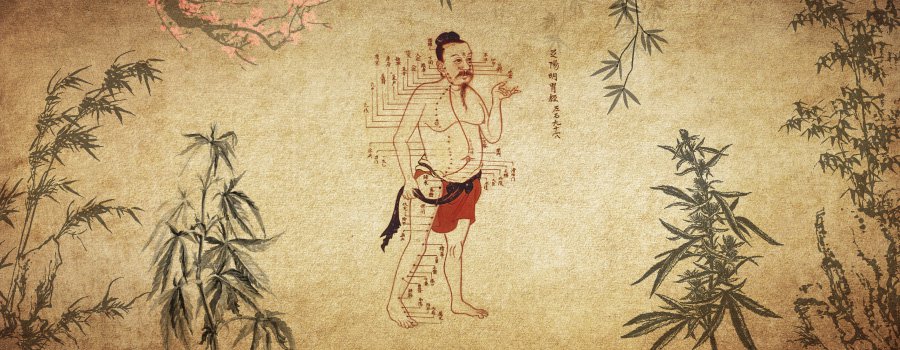Acupuncture, an Ancient Wisdom
Acupuncture is an alternative medicine that has been around for a long period of time and some say that it is four to five thousand years old. Acupuncture is part of the five branches of Traditional Chinese Medicine (TCM), with Chinese medicinal herbs, Chinese diet, Tui Na massage, and energy exercises such as Qi Gong and Tai Chi.
Acupuncture is a holistic approach which means that it treats the person as a whole, taking into consideration not only the physical symptoms but also the mental, emotional, social, and environmental factors. It acts on the Qi, the energy which circulates in the body through the meridians. Needles are inserted at precise points on the body in order to regulate the flow of Qi as well as targeting physiological, psychic, and organic functions.
Yin and Yang
The theory of Yin-Yang originates from Taoism and it is based on the observation of nature. In TCM, health is said to result from a balance between Yin and Yang, diseases from its imbalance, and death from its separation. Yang is associated with the following characteristics: male, warm, dry, moving, and bright. Yin is associated with the following characteristics: female, cold, wet, still, and dark.

Yin and Yang are opposite relatives to each other, for example, ice-cold water is Yin in comparison to boiling water which is Yang. Yin and Yang are interdependent, that is, they cannot exist without the other; for example, the day cannot exist without the night. Yin and Yang are inter-consuming, meaning that they are continually in a changing state to preserve the balance, for example, in the summer, it is hot (Yang) so we sweat (Yin). The Yin and the Yang are inter-transforming, for example, night turns into day.
The Five Elements
The five elements theory comes from the observation of natural cycles and interrelationships both in our environment and within us. The five elements are:
- The Wood which can be bent and straightened is related to spring, east, birth, green, anger, sour, sinews, wind, liver, and gall bladder.
- The Fire which flares upwards is related to summer, south, growth, red, joy, bitterness, blood vessels, heat, heart, and small intestine.
- The Earth which permits sowing, growing, and reaping is related to the late summer, center, transformation, yellow, pensiveness, sweetness, muscles, dampness, spleen, and stomach.
- The Metal which can be molded and can harden is related to autumn, west, harvest, white, sadness, pungent, skin, dryness, lungs, and large intestine.
- The Water which moistens downwards is related to winter, north, storage, black, fear, salty, bones, cold, kidneys, and bladder.

The five elements are generated and controlled by the generating cycle and the controlling cycle.
The generating cycle:
- Wood burns to make Fire
- Fire whose ashes decompose into Earth
- Earth where Metal is born
- Metal which enriches the Water
- Water which nourishes Wood
The controlling cycle:
- Wood penetrates Earth
- Earth channels contain Water
- Water extinguishes Fire
- Fire melts Metal
- Metal cuts Wood
When an element is deficient or in excess, it can bring all the other elements out of balance.

